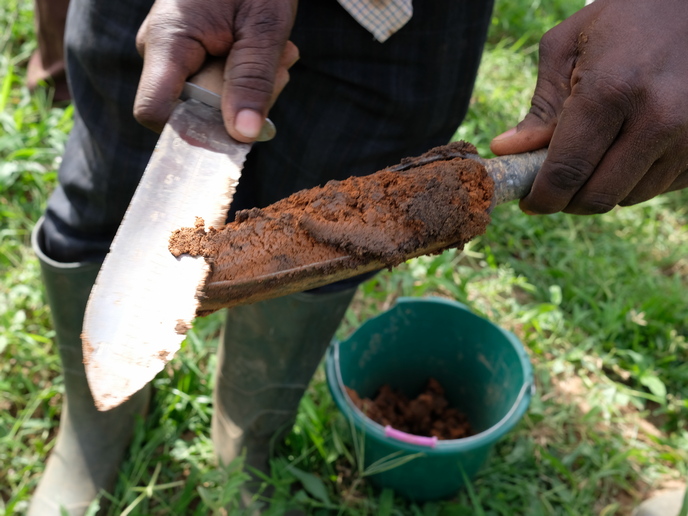Robots detect and collect litter in marine environments
Litter is a major and growing threat to marine ecosystems. For many organisms, interaction with litter can lead to suffocation, an inability to feed, entanglement, and changes in behaviour, with impacts on individual species, inter-species relations and assemblages, and the functioning of a whole ecosystem. The most common type of litter is plastic, but other materials include glass, metal, wood and clothing.The Earth’s oceans already contain 26-66 million tons of waste, 94 % of which is located on the seafloor. Currently most waste collected from maritime environments is retrieved from the surface. Sometimes divers are employed to remove trash from underwater, but the procedure is costly and inefficient. The EU-funded project SeaClear(opens in new window) leverages robotic and AI-driven technologies to provide a novel and effective solution to the problem of collecting unseen, underwater trash.
Specialised robots work together
Multiple robots coordinate to collect trash from the bottom of the sea. Aerial and underwater robots scan the water for litter using image and acoustic sensors. A surface vehicle is the hub of the operation, with underwater units and drones tethered to the hub. Tethering enables better communication and addresses the power and computation needs of the robots. A smaller underwater robot functions as an observation unit, while a second, larger underwater robot is used to collect litter. New technologies have helped in the design of components for the underwater collecting unit. For example, the trash collecting robot is equipped with an innovative grabber and a suction device for picking up litter. A litter carrying basket, designed to protect marine life, is also lowered in the water. The waste-removing robot can safely dock and release the litter from the gripper into the basket. While the goals and processes envisioned by SeaClear are easy to comprehend, achieving success with autonomous robots is much more difficult and requires the application of AI. In particular, training robots to accurately identify(opens in new window) litter and to avoid misidentifying living organisms is a critical matter. Complicating this endeavour is the fact that some forms of litter, such as a cinderblock on the seafloor, become rich habitats and should not be removed. The SeaClear team seeks an 80 % success rate in litter identification coupled with a 90 % success rate in litter collection.
Working towards market-ready deployment
SeaClear focuses efforts on coastal areas, as that is where the inflow of litter is concentrated. They demonstrate the efficacy of the multi-robot platform in two case studies. One study focuses on port cleaning and worked with the end user Hamburg Port Authority(opens in new window), Germany. The other site is a touristic area in Dubrovnik, Croatia, with the end user Regional Development Agency of Dubrovnik Neretva County(opens in new window). A follow-up project, SeaClear2.0, has already kicked off. This second project is focusing on trash collection in deeper, darker waters. It will also endeavour to pick up larger debris by equipping the surface robot with a grapple. The follow-up project will include surface litter collection and efforts to raise public awareness and reduce litter input. To learn more about SeaClear2.0 please visit https://www.seaclear2.eu/(opens in new window). SeaClear has made great strides in collecting litter from the seafloor. According to project coordinator Bart De Schutter: “The consortium aims to introduce the litter-cleanup system to the market, making it accessible for public authorities, coastal organisations, NGOs, tourist resorts and any other businesses that may find this solution beneficial.” The SeaClear consortium includes our two end users, an SME that provides the hardware, four academic institutions to develop the methods, and a marine system integrator to bring everything together. The consortium mirrors the coordinated team of robots in its complementarity. The project’s endeavours are making the seas a safer, cleaner place for industry, recreation and marine life.







